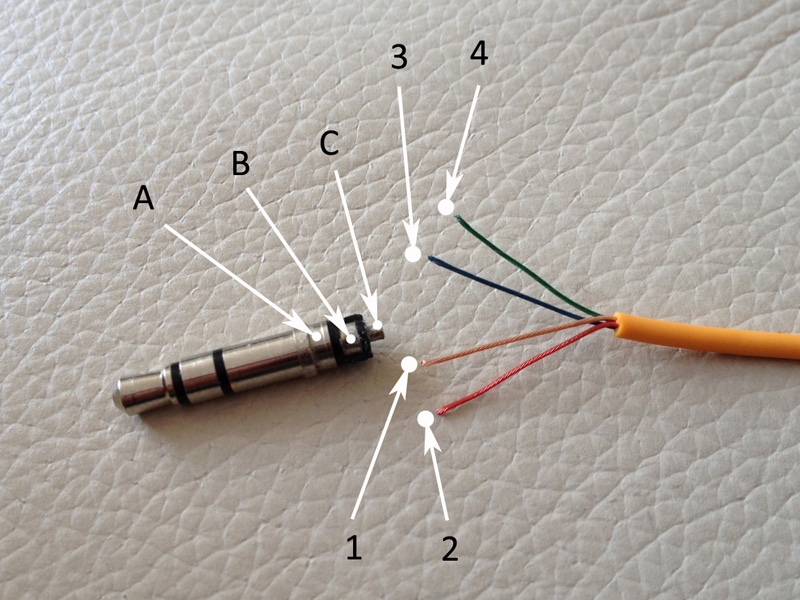Hey, it's not my photo, but I have a similar one:

I have a question, are the colors on the cables (blue and red in my case) or is it insulation? Need to download it? How? There are white fibers in them (if I break the cable) and in the mass, what to do with them?

I have a question, are the colors on the cables (blue and red in my case) or is it insulation? Need to download it? How? There are white fibers in them (if I break the cable) and in the mass, what to do with them?


